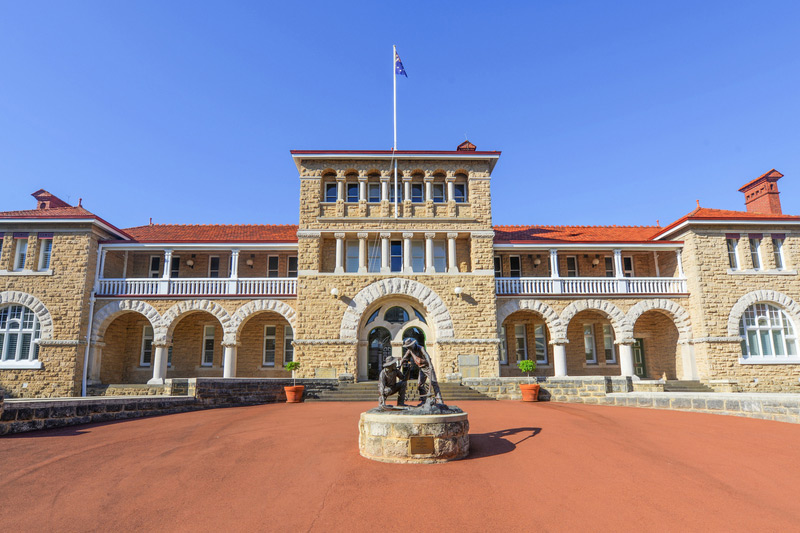Street Calls of the Week
Australia has pioneered new landmine detection technology, using magnetic resonance imaging (MRI) principles to potentially save tens of thousands of lives annually.
Developed by the CSIRO and Australian resources company RFC Ambrian, the handheld device detects explosives in low-metal minefields, including those with anti-tank and anti-personnel mines.
MRead has been established to commercialise the technology and has already tested the device in heavily contaminated minefields in Angola.
The trials have shown promising results and MRead CEO John Shanahan — a former NATO commanding general — highlighted the significance of overcoming challenges that previously stymied US efforts.
The US had invested tens of millions of dollars in magnetic resonance research in the mid-2000s but struggled with issues related to size, temperature differential and electronic noise suppression.
In contrast, MRead has successfully created a portable version, now a handheld detector similar to gold prospecting equipment that costs around A$30,000–A$40,000. These detectors allow for more efficient mine clearance, requiring just 30 minutes of training, compared to the usual four weeks.
James Cowan, CEO of the Halo Trust — which Diana Princess of Wales worked with — noted that this technology could save countless lives, especially in regions like Ukraine, where landmine contamination is rapidly worsening.
Cowan said, “Landmine clearance needs to be faster, safer and smarter. This new detector will be key to delivering our mission for a mine-free world.”
With plans for mass production in 2026, MRead’s breakthrough technology offers a safer, smarter way to accelerate global landmine clearance.
Funding has largely relied on private equity, including support from Codan (ASX:CDA) Minelab, due to venture capital hesitancy over military applications.
